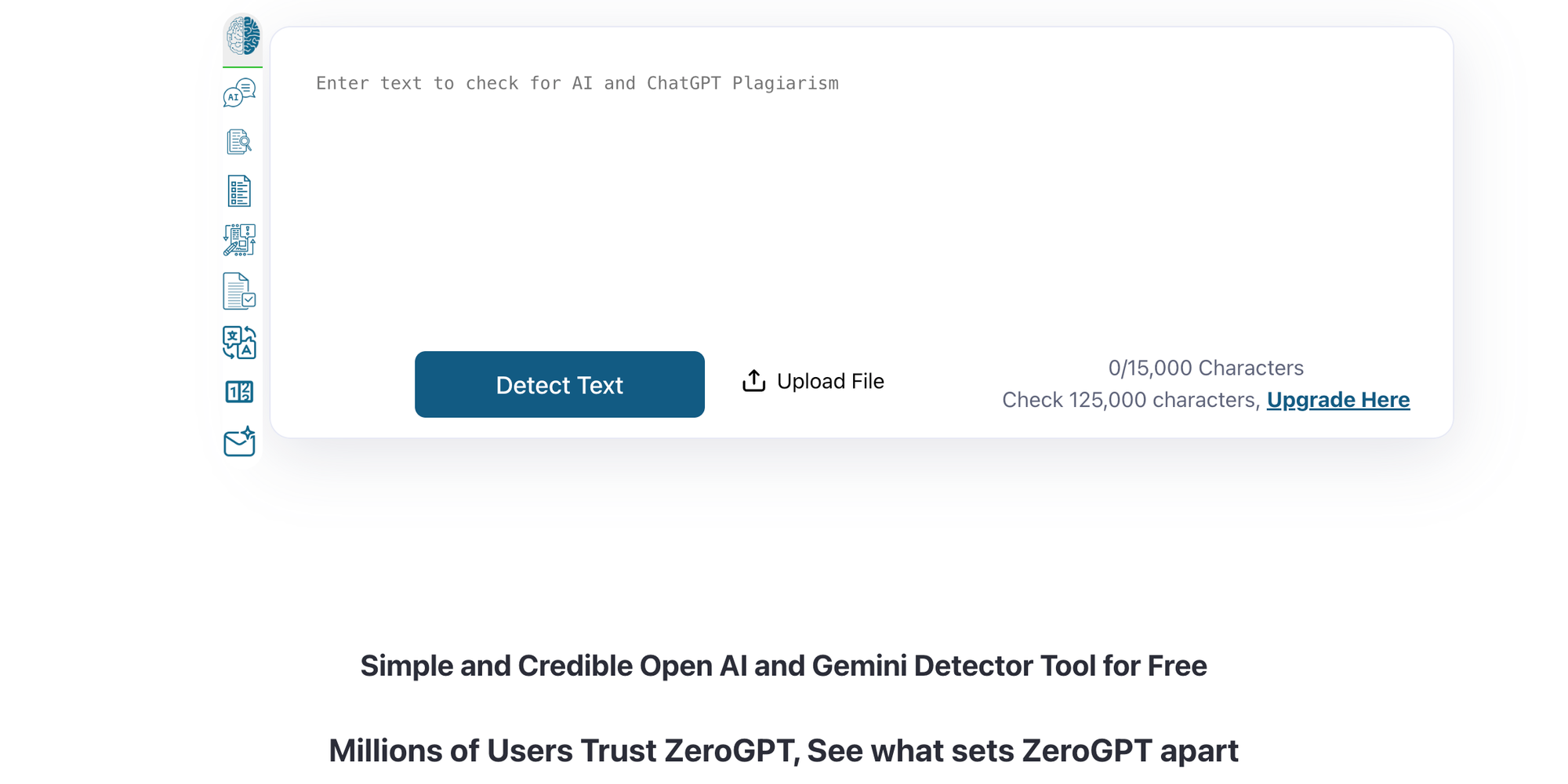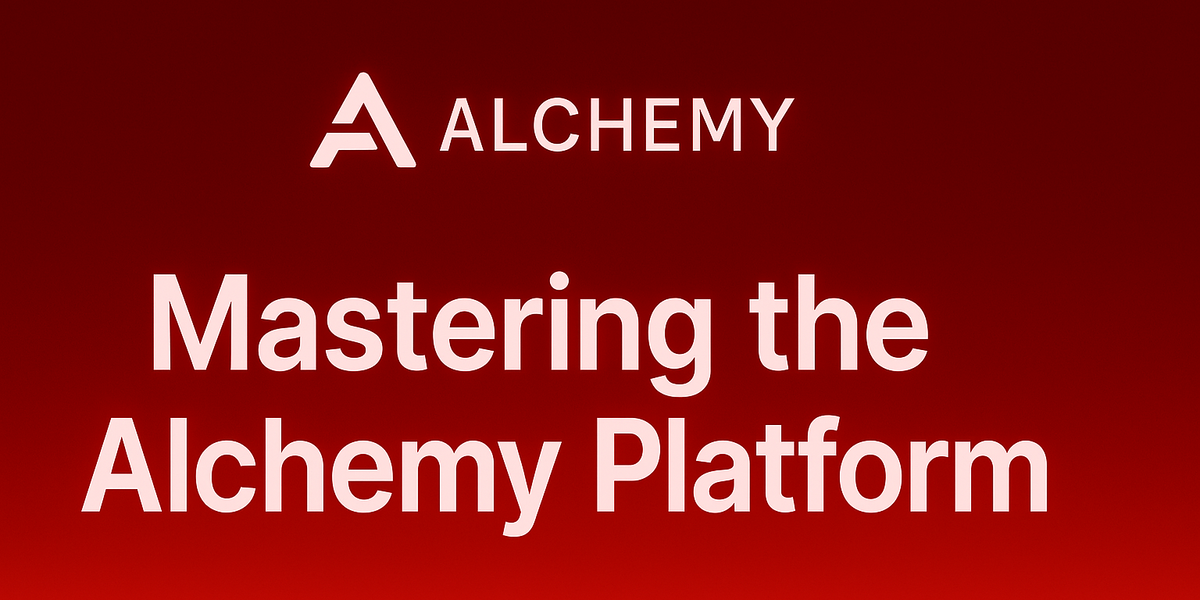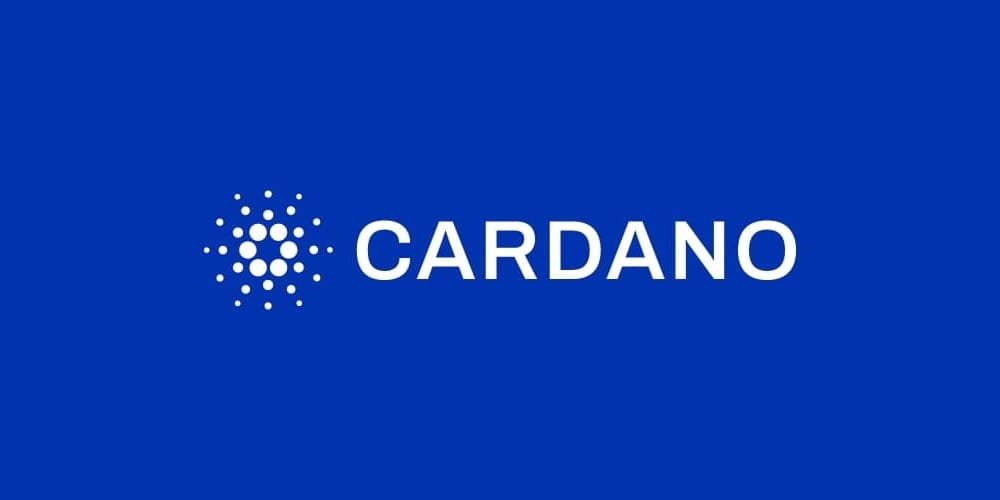As artificial intelligence continues to evolve, tools like ZeroGPT step in to bridge the gap between AI-generated content and human creativity. Recognized as one of the most advanced and reliable AI text detection platforms, ZeroGPT not only identifies AI-written text but also provides a comprehensive suite of content optimization features. With a high accuracy model, intuitive interface, and broad linguistic capabilities, ZeroGPT has become a trusted companion for writers, educators, and organizations seeking to ensure content authenticity and quality.
Features of ZeroGPT
ZeroGPT isn't just a tool for detecting AI-generated content; it is a multi-functional platform that caters to diverse content editing and analyzing needs. Its features include:
- AI Content Detector: A highly accurate system that highlights AI-generated text and provides detailed insights with a percentage gauge.
- Text Summarization: Quickly condenses long-form content while retaining essential context and key information.
- Plagiarism Checker: Ensures content originality by scanning billions of sources.
- Grammar and Spelling Checker: Real-time grammar, punctuation, and spelling analysis for error-free writing.
- Paraphrasing Tool: Enables text refinement by restructuring tone and context effectively.
- Translator: Supports multi-language translations with accuracy.
- Citation Generator: Automatically creates citations in various formats for academic and professional purposes.
- Batch File Upload: Allows multiple files to be checked simultaneously for seamless workflow integration.
- WhatsApp and Telegram Support: Offers instant access to AI tools on messaging platforms for on-the-go productivity.
- API Access: Organizations can integrate ZeroGPT into existing systems through user-friendly APIs.
DeepAnalyse™ Technology: High Precision
ZeroGPT’s AI detection framework is powered by the proprietary DeepAnalyse™ Technology. Based on a multi-stage methodology, the model is trained using diverse datasets from the internet, proprietary synthetic datasets, and educational resources to ensure unparalleled precision. Whether it’s identifying AI-generated text from ChatGPT, GPT-4, Gemini, or other large language models, ZeroGPT minimizes false positives and negatives to provide accurate and dependable results.
Generated Reports
One of the highlights of ZeroGPT is the auto-generated PDF reports, which act as verifiable proof of text authenticity. This feature is especially useful for professionals, educators, and businesses striving to demonstrate originality in their documentation.
Accessibility Across Platforms
From a web experience to integration on WhatsApp and Telegram, ZeroGPT meets users wherever they are. The platform's real-time functionality ensures accessibility and convenience in both professional and personal settings. Additionally, its compatibility with all languages broadens its usability globally.
Pros and Cons
Here’s an overview of the benefits and limitations of ZeroGPT:
Pros:
- Highly accurate detection of AI-generated content across multiple languages.
- All-in-one suite providing summarization, plagiarism detection, paraphrasing, and more.
- Auto-generated reports for proof of originality.
- Ease of use through messaging platforms like WhatsApp and Telegram.
- Batch file upload capability streamlining large-scale analysis.
Cons:
- Requires stable internet access for optimal functionality.
- Some advanced features may require paid access plans.
- No built-in support for offline usage or desktop application.
- Limited customization for report formats.
- May not detect AI content from smaller, less-known language models.
Feature Table
| Feature | Description |
|---|---|
| AI Content Detection | Highlights AI-generated sentences with detailed percentage gauges. |
| Text Summarization | Condenses text while retaining context. |
| Plagiarism Checker | Verifies originality against billions of sources. |
| Batch File Upload | Supports simultaneous analysis of multiple files. |
| API Integration | Enables seamless workflow integration for organizations. |





Comments